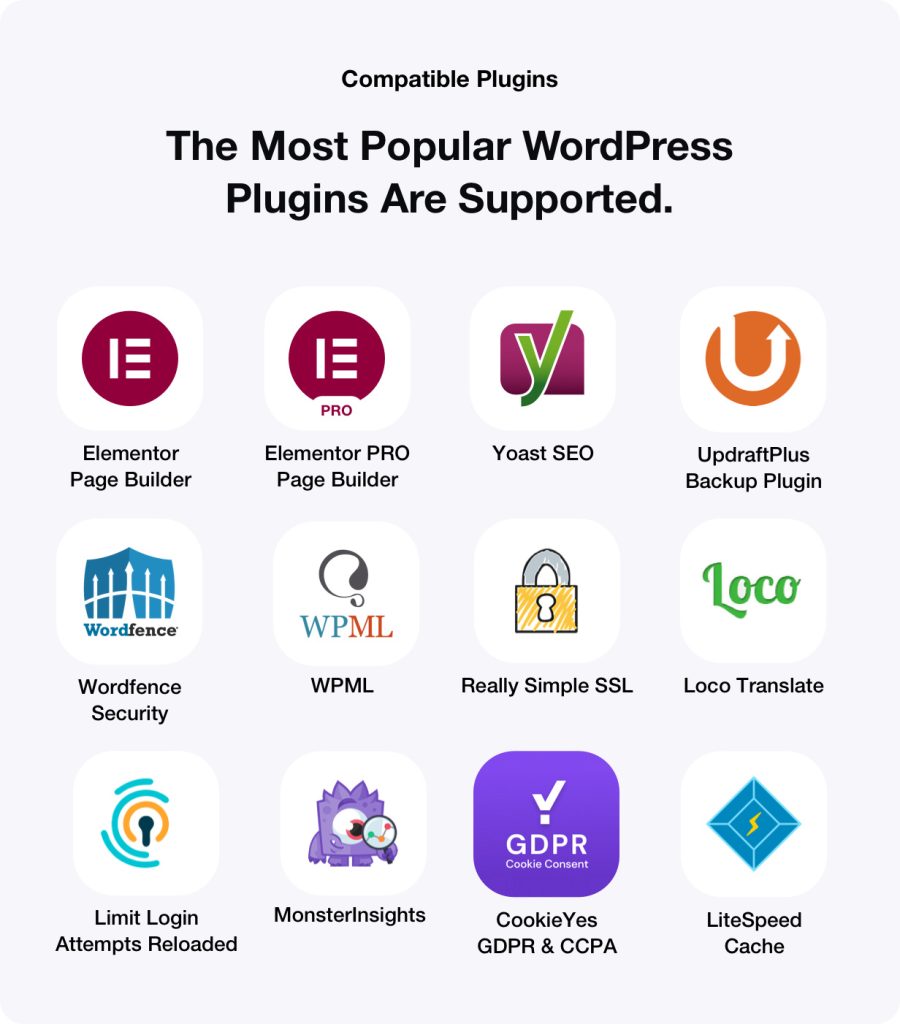Artificial Intelligence (AI) continues to transform various sectors across the globe, with 2024 witnessing a wave of groundbreaking advancements. From newly released large language models like Google’s Gemini 1.5 Pro to innovative tools revolutionizing industry practices, these developments mark significant milestones in the AI landscape. This article delves into the latest AI models, integration tools, emerging technologies, and innovative products impacting industries such as healthcare, business automation, and education.
One of the most significant releases in Q1 2024 is Google’s Gemini 1.5 Pro. This upgraded large language model enhances Google’s previous models with advanced multimodal capabilities and improved context understanding. Unlike its predecessors, Gemini 1.5 Pro can interpret and generate disparate forms of media—text, images, and even audio—seamlessly within a single interaction. This innovation allows users to input a combination of images and questions, offering answers that integrate information across modalities. For instance, a user could ask, “What are the key features in this image of a smartphone?” and receive a detailed analysis integrating visual aspects with relevant text data. Such capabilities handily position Gemini 1.5 Pro as a versatile tool for diverse applicative environments, from educational platforms generating personalized learning experiences to software in the creative industries that assist with design and ideation. Credible sources from Google’s AI research teams confirm the adoption of this model in several enterprise-grade applications (*Google AI Blog*).
Building on advanced AI capabilities, various industries are increasingly integrating sophisticated tools and API solutions that facilitate diverse operational tasks. One of the most promising trends is the use of AI-enhanced analytics tools, such as Power BI, which have evolved with embedded advanced analytics features powered by AI. These integrations allow users to leverage Data Generation Techniques for creating predictive models, as well as performing complex analyses without the need for extensive data science expertise. User-friendly interfaces simplify the deployment of AI for data visualization and reporting, making it accessible even to non-technical staff in enterprises. As organizations aim to derive actionable insights swiftly, the demand for these tools is expected to soar. The latest user feedback and adoption metrics highlight increased productivity and decision-making accuracy stemming from Power BI’s integration of AI capabilities (*Microsoft Dynamics Blog*).
Moreover, emerging AI technologies are addressing specialized use cases and enhancing the reliability of language models. Developers have been focusing on creating more reliable and debiased large language models (LLMs) that can yield equitable results across diverse demographics. New frameworks feature training processes that actively reduce bias by leveraging techniques that audit and correct data inputs, ensuring more inclusive outcomes. These models are particularly relevant in sectors like healthcare and finance, where biased AI decisions can lead to significant societal impacts. By fostering transparency and accountability in AI deployment, organizations can optimize their risk management efforts and ensure fairness in applications ranging from patient diagnostics to credit scoring. Research from AI ethics initiatives corroborates the importance of these advancements in building public trust in AI technology (*AI Ethics Journal*).
Innovation within the realm of AI products is also witnessing remarkable growth, especially in sectors like cybersecurity, enterprise solutions, and creative endeavors. For instance, in the cybersecurity domain, organizations are utilizing AI-enhanced security tools that proactively identify and neutralize threats in real-time. Technologies such as behavioral analytics and anomaly detection powered by AI help organizations anticipate potential risks before they escalate into attacks. These features promote a shift from reactive to proactive security measures, thus fortifying defenses against increasingly sophisticated cyber threats. Reports from cybersecurity firms indicate a remarkable reduction in response times and incident severity due to the proactive user assistance provided by AI integration within security frameworks (*Cyber Security Review*).
In the enterprise space, companies are adapting AI products that automate routine tasks and improve operational efficiency. Business automation tools that leverage AI can enable task delegation based on predictive assessments of workload and staffing capabilities. For example, automated scheduling and resource allocation systems offer suggestions grounded in historical data analysis, streamlining operations for companies of all sizes. Users have reported significant time savings and improved project management through the deployment of such AI enhancements. Industry case studies illustrate the transformational impact these tools have had on organizational workflows, making them essential for maintaining competitive edges in diverse markets (*Gartner Research*).
Furthermore, the creative industries are seeing a rise in AI products that aid in content generation and design processes. AI-driven applications are now capable of producing stunning visuals, drafting engaging textual content, and even composing music, all based on minimal user input. Popular tools have emerged that allow artists and developers to harness generative AI technologies to push the boundaries of creativity. This capability not only fosters innovation but also expands the toolkit available to creators at all levels. Verifiable reviews from creators indicate that such AI tools quicken their workflows while enhancing their outputs, thus enabling them to tackle more complex projects and meet tight deadlines (*Creative AI Society*).
Lastly, the evolving landscape of AI has substantial implications for the education sector. AI-driven tutoring systems are enhancing learning outcomes through personalized curricula tailored to individual student needs, learning speeds, and styles. Institutions integrating these systems report higher engagement and improved performance among students, demonstrating the technology’s potential to reshape the educational experience. Moreover, educators are being provided with actionable insights through analytics, enabling data-driven decision-making to enhance teaching methodologies. Research studies indicate that personalized AI tutoring significantly boosts students’ performance in STEM subjects, reflecting its promising future in academic settings (*Educational Technology Review*).
In summary, the landscape of artificial intelligence in 2024 is characterized by groundbreaking models, innovative tools, and specialized technologies that are influencing diverse industries. Google’s Gemini 1.5 Pro exemplifies the advanced capabilities emerging in AI models, while tools like Power BI enhance data analysis through user-friendly integrations. Simultaneously, the pursuit of more reliable and debiased LLMs demonstrates a commitment to equitable AI applications. Finally, innovative products for cybersecurity, enterprise, and creative sectors highlight the profound impact of AI on efficiency, security, and creativity. As we tread further into this year, the continuous evolution of AI technologies promises to reshape how we engage with information, work, and learn.
























